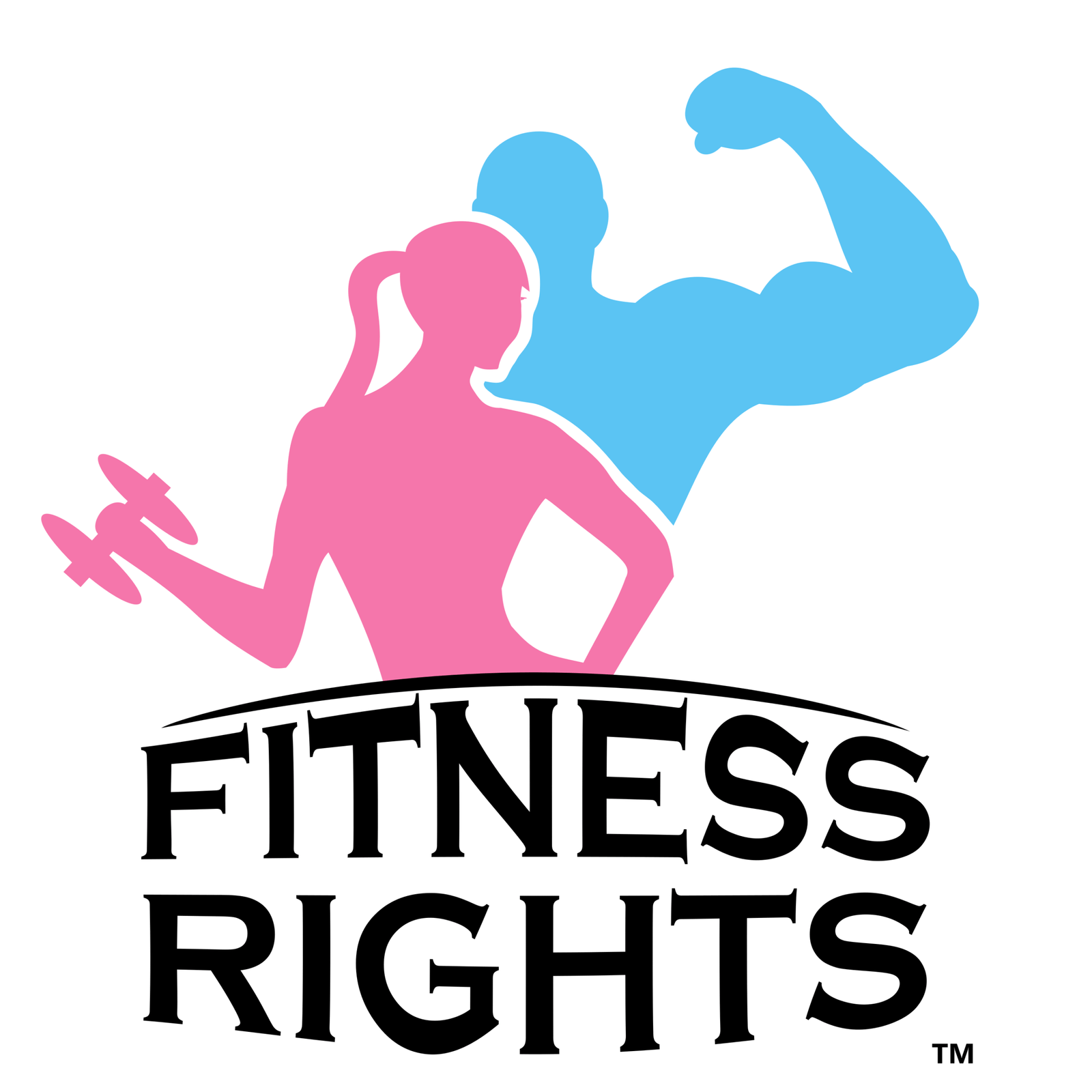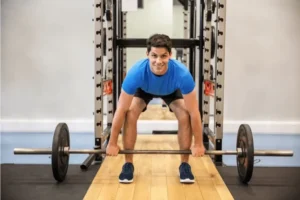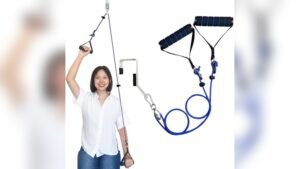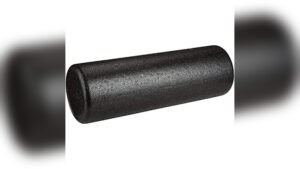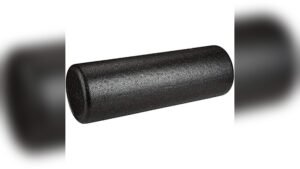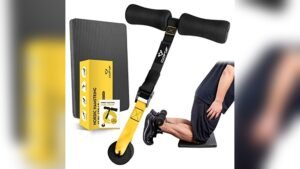Weightlifting has been a cornerstone of physical fitness for centuries, dating back to ancient Greece where athletes would lift stones to demonstrate their strength. Today, the barbell is a staple in gyms worldwide, and with it comes the need for proper equipment to ensure safety and effectiveness. One such piece of equipment is the barbell pad. This guide delves into the intricacies of using a barbell pad, providing detailed insights and practical tips to enhance your lifting experience.
Also explore –What to use instead of Barbell Pad
Table of Contents
ToggleAbout Barbell Pad
Barbell pads are designed to cushion the barbell, reducing discomfort and preventing injuries during exercises like squats and lunges. While some purists argue against their use, citing a preference for raw lifting, many lifters find them indispensable for maintaining comfort and form. This guide will explore the benefits, proper usage, and common mistakes associated with barbell pads, ensuring you get the most out of your workouts.
A barbell pad is a soft cover that goes around a barbell. It helps keep you safe and comfortable while you work out. It eases strain on your neck, shoulders, or hips when lifting heavy weights, making exercises like squats, lunges, or hip thrusts feel better.
These are its main functions
Neck and Shoulder Protection: When doing exercises like squats, the barbell can press against your neck or shoulders, leading to discomfort. The pad softens the bar, easing the pressure.
Hip Protection: When doing hip thrusts, the barbell sits on your hips, and the pad helps keep you comfortable and prevents bruising.
Overall Comfort: It makes your workouts easier, especially during heavy lifts or when the barbell touches sensitive spots.
Barbell pads are often made of foam or rubber. They are simple to attach to the barbell using straps or by sliding them on.
Benefits of Using a Barbell Pad
Enhanced Comfort
One of the primary benefits of using a barbell pad is the enhanced comfort it provides. The pad cushions the barbell, distributing the weight more evenly across your shoulders and neck. This is particularly beneficial for beginners who may not yet have developed the muscle mass and technique to comfortably support a heavy barbell.
Injury Prevention
Barbell pads can also play a crucial role in injury prevention. The cushioning helps to reduce the pressure on your spine and shoulders, minimizing the risk of bruising and other injuries. This is especially important for those with pre-existing conditions or those recovering from an injury.
How to Use a Barbell Pad
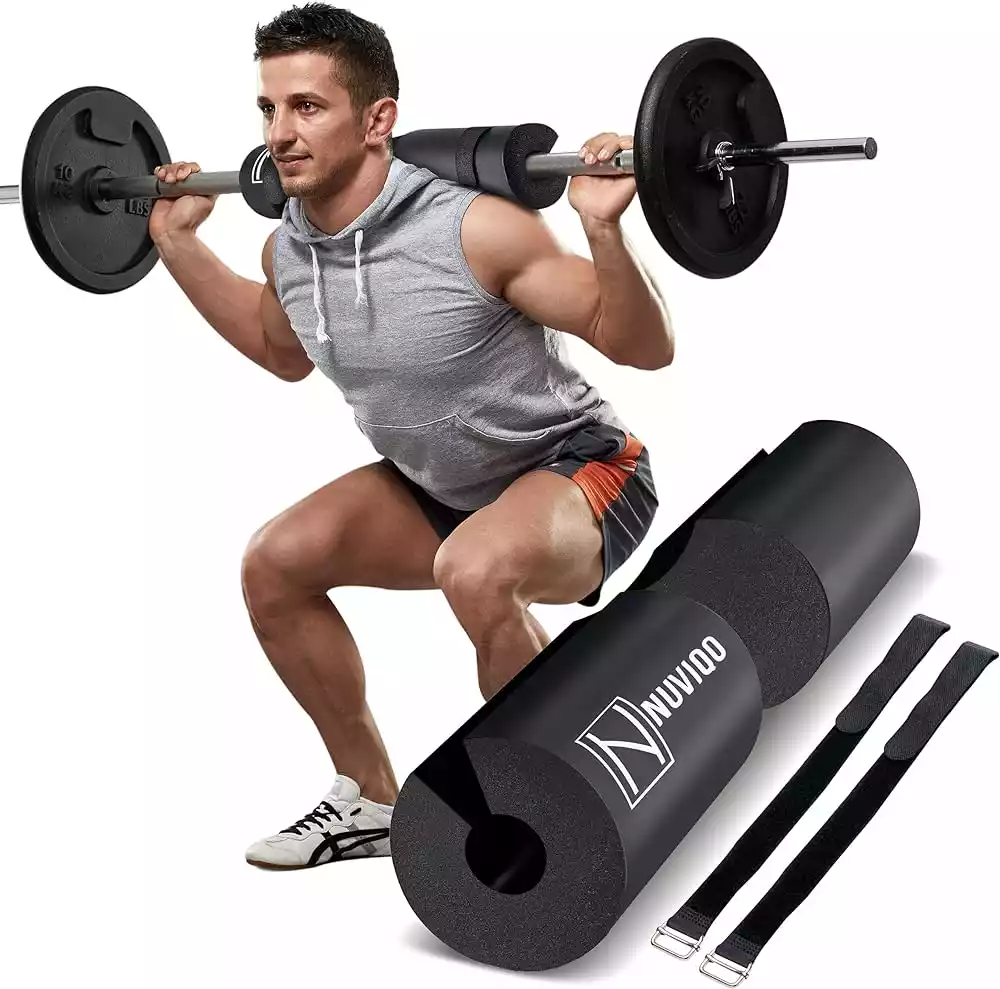
Choosing the Right Barbell Pad
Selecting the right barbell pad is the first step to ensuring a comfortable and safe lifting experience. Look for a pad that is made of high-density foam and has a non-slip surface. The pad should be long enough to cover the entire width of your shoulders and thick enough to provide adequate cushioning.
Securing the Barbell Pad
Once you have chosen the right pad, it’s important to secure it properly. Open the pad and place it around the center of the barbell. Ensure that the pad is evenly positioned and that the Velcro or straps are fastened tightly. This will prevent the pad from slipping during your lifts.
Common Mistakes to Avoid
Incorrect Positioning
One of the most common mistakes when using a barbell pad is incorrect positioning. The pad should be centered on the barbell and positioned evenly across your shoulders. If the pad is too high or too low, it can throw off your balance and increase the risk of injury.
Overreliance on the Pad
While barbell pads can enhance comfort and prevent injuries, it’s important not to become overly reliant on them. Developing proper lifting techniques and building muscle mass are essential for long-term success in weightlifting. Use the pad as a tool to aid your progress, but don’t let it become a crutch.
Types of Barbell Pads
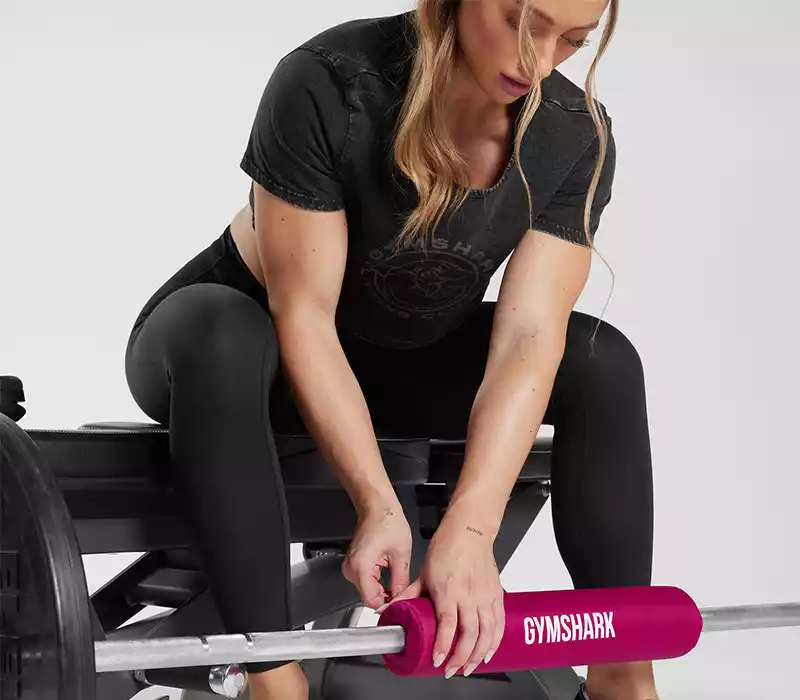
Foam Pads
Foam pads are the most common type of barbell pad. They are lightweight, affordable, and provide adequate cushioning for most lifters. However, they may wear out more quickly than other types of pads.
Gel Pads
Gel pads offer superior cushioning and durability compared to foam pads. They are often more expensive, but they provide a higher level of comfort and support. Gel pads are ideal for lifters who frequently perform heavy lifts.
Exercises That Benefit from a Barbell Pad
Squats
Squats are one of the most popular exercises that benefit from the use of a barbell pad. The pad helps to cushion the barbell, reducing discomfort and allowing you to focus on maintaining proper form.
Lunges
Lunges can also benefit from the use of a barbell pad. The pad helps to distribute the weight more evenly across your shoulders, reducing the strain on your neck and spine.
Maintaining Your Barbell Pad
Cleaning
Regular cleaning is essential to maintain the longevity of your barbell pad. Wipe down the pad with a damp cloth after each use to remove sweat and dirt. For a deeper clean, use a mild detergent and warm water.
Storage
Proper storage is also important to maintain the condition of your barbell pad. Store the pad in a cool, dry place away from direct sunlight. Avoid placing heavy objects on top of the pad, as this can cause it to lose its shape.
FAQs
Is it necessary to use a barbell pad for squats?
While not strictly necessary, using a barbell pad for squats can enhance comfort and reduce the risk of injury. The pad cushions the barbell, distributing the weight more evenly across your shoulders and neck. This can be particularly beneficial for beginners or those with pre-existing conditions. For more insights, check out this Quora discussion.
Can a barbell pad affect my lifting technique?
A barbell pad can affect your lifting technique if not used correctly. It’s important to position the pad evenly on the barbell and ensure it is securely fastened. Over-reliance on the pad can also hinder the development of proper lifting technique. Focus on using the pad as a tool to aid your progress, rather than a crutch.
How do I choose the right barbell pad?
When choosing a barbell pad, look for one made of high-density foam or gel with a non-slip surface. The pad should be long enough to cover the entire width of your shoulders and thick enough to provide adequate cushioning. Consider your lifting needs and preferences when selecting a pad.
How often should I replace my barbell pad?
The frequency of replacement depends on the type of pad and how often it is used. Foam pads may need to be replaced more frequently than gel pads. Regularly inspect your pad for signs of wear and tear, such as thinning or loss of cushioning. Replace the pad when it no longer provides adequate support.
Can I use a barbell pad for other exercises?
Yes, a barbell pad can be used for a variety of exercises, including lunges and hip thrusts. The pad helps to cushion the barbell, reducing discomfort and preventing injuries. Experiment with different exercises to find what works best for you.
Relevant Data Table For The How to Use Barbell Pad
| Step | Description |
| 1 | Choose the right barbell pad for your barbell. Ensure it fits snugly and is made of durable material. |
| 2 | Open the barbell pad by unfastening any Velcro or straps. |
| 3 | Place the barbell pad around the center of the barbell, ensuring it is evenly positioned. |
| 4 | Secure the barbell pad by fastening the Velcro or straps tightly. |
| 5 | Test the barbell pad by lifting the barbell to ensure it is securely in place and provides adequate cushioning. |
| 6 | Proceed with your workout, ensuring to check the pad periodically for any movement or wear. |
Final Talks
Mastering the use of a barbell pad can significantly enhance your lifting experience, providing comfort and reducing the risk of injury. By choosing the right pad, securing it properly, and avoiding common mistakes, you can ensure a safe and effective workout. Remember to maintain your pad through regular cleaning and proper storage to extend its lifespan. With these tips and insights, you’ll be well on your way to achieving your fitness goals.
Posts References:
Should you use a bar pad to squat? – Quora
Thoughts on using barbell pad for squats? : r/powerbuilding – Reddit
